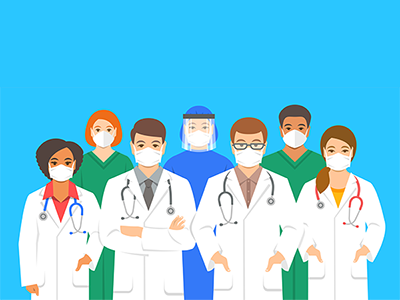Internet of Medical Things
Today's internet-connected medical devices, known as the Internet of Medical Things, or IoMT, is a collection of medical devices and applications that can connect to and use healthcare information technology systems and networks.
The IoMT represents a great improvement in the ability to provide healthcare. A Deloitte report states that currently available are more than 500,000 medical technologies that are able to generate, collect, analyze or transmit health data or images and connect to healthcare provider networks, transmitting data to either a cloud repository or internal servers.
The IoMT allows doctors to monitor patients in real time, giving doctors more and more accurate information on which to make diagnoses. Real-time monitoring significantly decreases the need for patients to make in-person doctor visits and allows doctors to find issues in the early stages, possibly before noticeable symptoms appear, promoting proactive rather than reactive treatment. The earlier a health issue is caught, the better the patient's prognosis is, and the less expensive it is to treat.
IoMT also provides doctors with a much more effective and efficient method of managing drugs and medical equipment, saving costs. It allows patients to use devices in their own homes, and have consultations over the internet saving them and their doctors time and money. IoMT devices are poised to save the healthcare industry $300 billion annually, according to Goldman Sachs.

These devices can be worn, used in the home, used to aid in mobility or to track health indices while a patient is being transferred between locations, or in a clinical or hospital setting. They can also assist with parts of healthcare from inventory and record management to remote robotic surgery.
Click on the buttons below to see the benefits some of these devices provide, the risks involved in using the devices and how to better secure them. Note that many of the devices described are cutting edge and are not available from all healthcare providers.





